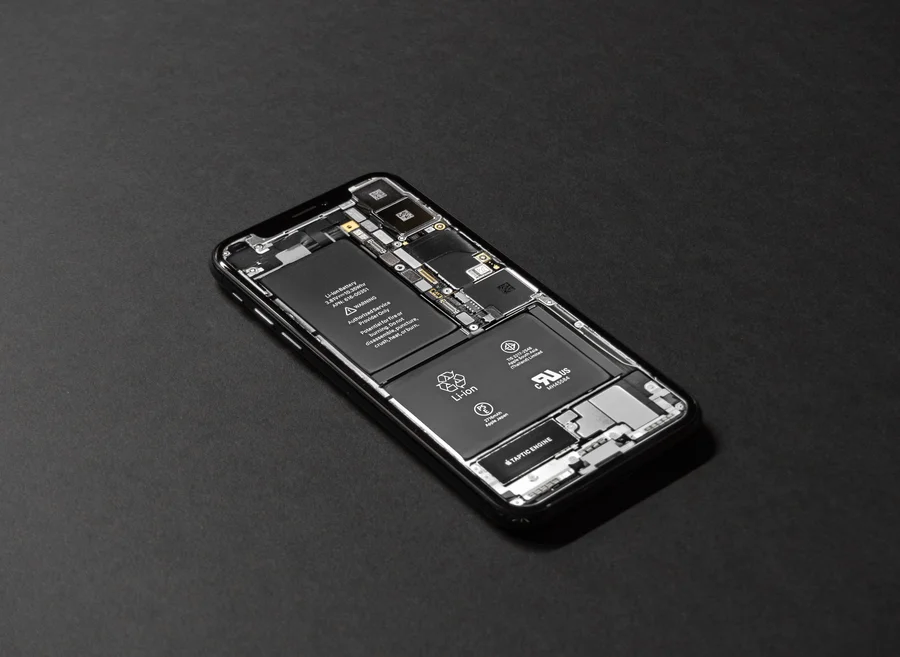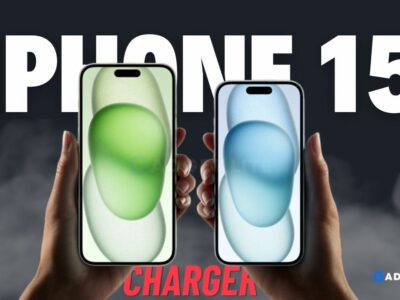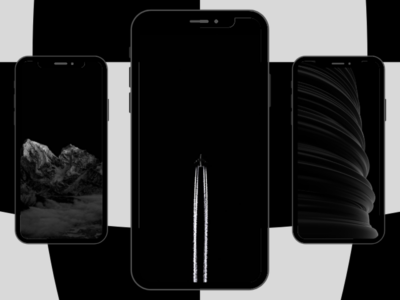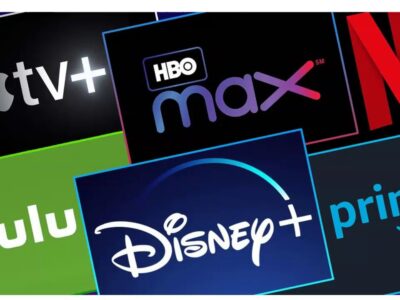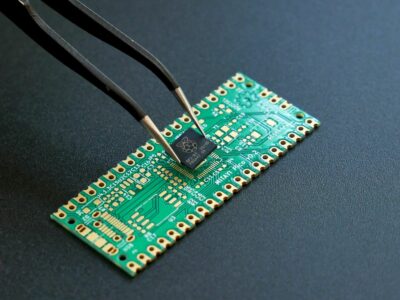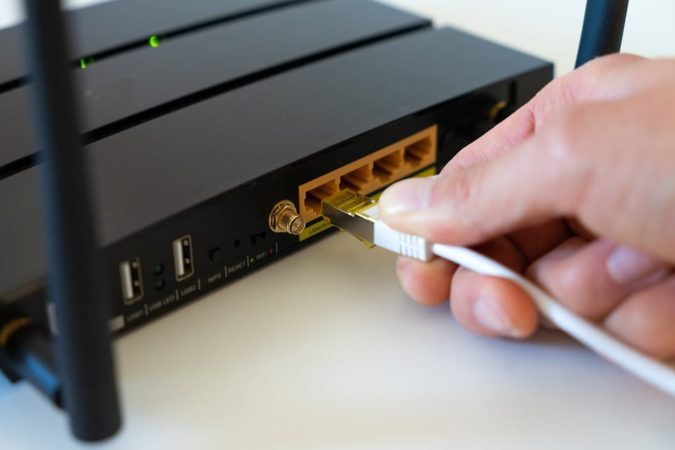With their connectivity, interactivity, and advanced capabilities, smart TVs are changing how we consume content and how advertisers reach their target audiences.
Smart TV penetration is currently at least 74% in both the United Kingdom and the United States.
As of 2022, this figure stood at 56% for Australia (I reckon it’s considerably higher now).
This continued surge of smart TV in households provides advertisers with viewer data and unparalleled insight into consumer behaviour, thus enabling targeted and personalised ads.
As Smart TV technology advances and more advertisers see the inherent opportunities, it’s evident that smart TV ads are here to stay, with several emerging tech trends poised to shape the space.
In this article, we explore these tech trends extensively.
1. AI involved in all layers of the smart TV ad ecosystem
There’s no doubt that AI will play a significant role in the future of smart TV ads, both in terms of content generation and delivery.
Much of smart TV ad delivery has mirrored traditional TV ads in terms of how advertisers match ad content to users through audience ratings data.
While that offers some measure of personalisation, AI presents more opportunities for considerably more granular targeting. With machine learning algorithms doing all the legwork and hard yards, advertisers can lean more on user profiles, behavioural data, location info, and viewing habits and patterns to deliver targeted and personalised ads.
Generative AI and contextual ads powered by AI take smart TV ads to new levels. For contextual ads, advertisers can deliver fire insurance ads while users watch a fire-related scene or food-related ads while watching cooking shows.
NBCUniversal recently announced that it’s using AI to scan series episodes to “determine the behaviours and emotions” captured and then using AI to render relevant ads based on the prevailing mood.
One of the ways this is possible is through the use of generative AI ads. Advertisers can deliver customised versions of the same ad to different users.
For example, AI can help alter details such as local promo codes, actors’ clothing, and choice of actor (if one actor is more popular in a particular location) to create different ad iterations that are more likely to suit individual viewers.
Automatic content recognition (ACR) technology, an AI feature of smart TVs, has also become popular lately. Roku uses this technology to funnel ads to users who have not seen them on linear TV, ensuring advertisers get more ROI for their ad spend.
2. Free ad-supported streaming (FAST) and interactive content
Although they’ve been around for a while, free ad-supported streaming (FAST) platforms are gaining popularity due to increasing economic pressures and rising subscription fees.
Consumers are ditching subscription-based services like Disney+ and Netflix to save costs in favour of ad-supported streaming platforms, such as the Roku Channel by Roku, Tubi by Fox, Pluto TV by Paramount, and Samsung TV Plus.
For example, Australia’s active viewing time on Samsung TV Plus grew by over 104% between 2022 and 2023.
The real story behind FAST’s growing popularity is how brands and advertisers use technology to deliver interactive ad formats.
For instance, during Thursday Night Football games, Amazon delivers interactive ads on its FAST platform, Freevee, where users can interact with ads and product materials without leaving the game.
Such innovations led to more engagement. A report noted that “Interactive Streaming TV ads during Thursday Night Football saw a 15% increase in detail page view rate compared to non-interactive ads.”
FAST platforms also offer other advantages, such as non-skippable ads and more local coverage, making them attractive to advertisers.
3. Audience extension to reign supreme
One effect of the rise in FAST services and streaming, in general, is that it has further fragmented the TV space. Advertisers can no longer achieve true advertising scale by focusing on singular streaming platforms.
In July 2023, “linear (broadcast and cable) TV viewership made up less than 50% of total TV viewership for the first time ever.”
Audience extension serves as a “ramp” for advertisers to connect with the same audience across the TV ecosystem. Audience extension systems work in two ways:
- Advertisers can find the same users on a subscriber list on other media properties.
- Advertisers can easily extend an existing audience they’re targeting on one platform to other media properties.
In view of the foregoing, players in the advertising space are building such audience extension platforms to help advertisers target users across both linear and streaming TV. NBCUniversal recently launched the One Platform Total Audience ad tool to serve this purpose.
4. Leveraging first-party shopper data for more shoppable ads
The integration of retail media networks (RMNs)with streaming services offers advertisers the opportunity to leverage first-party shopper data from retail providers to deliver highly targeted and personalised shoppable ads.
Many partnerships have facilitated this convergence between RMNs and streaming platforms. Roku and Walmart Connect have a partnership to this end, and according to the data, “more than half of streamers (57%) have paused an ad to shop for the product online.”
While the integration of connected TVs to retail is still developing, marketers are optimistic about their output. We expect to see more of these partnerships over the coming years.
5. Rise of internal digital signage networks powered by digital signage software
Many small businesses and large corporations underutilise[1] smart TVs. Beyond entertainment and irregular presentations, these connected TVs can serve as digital signage for businesses.
As digital signage continues to gain acceptance, we expect many small businesses with multiple locations to turn to smart TVs to build a robust and effective marketing network because they’re more cost-effective than commercial digital signs.
Digital signage software, like Luna Screens, can turn any smart TV into a dynamic advertising medium. More importantly, these solutions can power multiple screens simultaneously, helping small businesses communicate and promote their products and services across various locations.
Takeaway
As smart TV technology continues to advance and shape the advertising space, it’s evident that the future holds immense opportunities for savvy and informed advertisers.
With emerging tech trends like AI integration, interactive content on free ad-supported streaming platforms, audience extension strategies, leveraging first-party shopper data, and the rise of internal digital signage networks, advertisers have various tools to engage and connect with their target audience more effectively.
To capitalise on these trends and maximise advertising ROI, consider leveraging digital signage solutions like Luna Screens. With its ability to transform smart TVs into dynamic advertising mediums, businesses can create engaging content and reach their audience across multiple locations more cost-effectively. Embrace the future of advertising on smart TVs today with Luna Screens.




